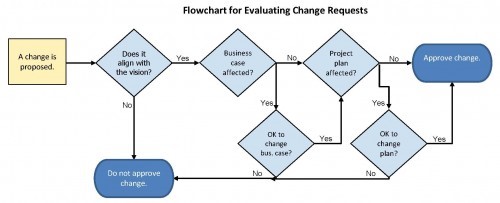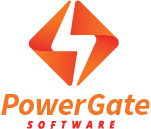In this model, we offer to execute a software project at a fixed price. This model is generally followed where the project specifications are clearly defined in terms of their requirements, schedules and project path. Ideally, the client has a well-defined SRS (Software Requirement Specifications) document and other required technical aspects. We undertake such projects with a fixed price quote and deliver quality work in a timely manner.
Occasionally, a fixed-price project may require additional work due to change or addition in scope during the development phase. Under such circumstances, it is possible to revise the fixed-price based on the new scope of project or continue development within the scope plus change requests.
Project Management
Your projects will be managed by our experienced project managers, 50% of them are PMP certified (a professional credential offered internationally by the PMI).

The project manager is responsible for the overall software project planning and execution according to PowerGate’s processes. He/she is responsible for achieving customer milestones with agreed feature content and quality, while staying within cost targets. The project manager has supervisory authority over all members of the software project team with regard to activities and their priorities.
- Create and update the planning for the project-specific development
- Define necessary activities and priorities for the members of the software project
- Track project progress
- Coordinate planning for software configuration management, requirement management and quality assurance
- Own the software design specification and the software specifications
- Plan and track the activities resulting from change requests
- Coordinate the production of all agreed work results by the team
- Carry out risk management in the project and tracks actions
Communication
The customer resolves all issues through a project manager responsible for work planning, overall management and progress tracking. For more efficient communication the customer also has the access to an escalation person like a senior manager to address all possible issues from the PowerGate team. The communication is carried out by email, instant messengers, phone and personal meetings.
Planning and Reporting
A detailed plan is created at the beginning of each phase and is updated by the project manager weekly or more frequently if necessary. This allows transparent tracking of the project status and provides a clear vision of the project costs at every stage.
Requirements Management
From experience we know that creation of a visual prototype of the future solution (GUI, look and feel, real controls and navigation) at the requirements gathering stage is an effective practice. Its purpose is to let the customer “feel” the future solution and probably adjust therequirements at the very beginning.
Change Management
All requests are sent to the change requests pool accessible to both the customer and PowerGate managers. The pool serves as a base for planning future iterations’ scopes. This approach allows the customer to control the timeline and budget of the project. All change requests are managed clearly based on a defined process and they need to be approved by customers before implementation.

Risk Management
To engage software product development as low-risk as possible multiple factors should be taken into account. Our experience of efficient risk management and an advanced risk mitigation policy ensure safe, predictable relationships and help avoiding pitfalls while delivering the project on time and on budget.


